Market dislocations occur when financial markets, operating under stressful conditions, experience large widespread asset mispricing.
Welcome to this week’s edition of “World Out Of Whack” where every Wednesday we take time out of our day to laugh, poke fun at and present to you absurdity in global financial markets in all it’s glorious insanity.
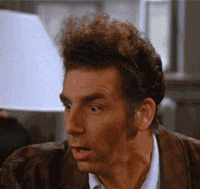
While we enjoy a good laugh, the truth is that the first step to protecting ourselves from losses is to protect ourselves from ignorance. Think of the “World Out Of Whack” as your double thick armour plated side impact protection system in a financial world littered with drunk drivers.
Selfishly we also know that the biggest (and often the fastest) returns come from asymmetric market moves. But, in order to identify these moves we must first identify where they live.
Occasionally we find opportunities where we can buy (or sell) assets for mere cents on the dollar – because, after all, we are capitalists.
In this week’s edition of the WOW, and in the wake of a big week for markets due to central bank decisions, we’re calling in the help of some “experts” to help explain central bank policy.
I apologise in advance to birds everywhere for the association I’m about to make. If I was a bird I’d be outraged.
The hollowing out of the middle class, the borrowing of trillions upon trillions of dollars by governments, the outright theft from tax payers in order to bail out reckless, greedy and incompetent political campaign donors bankers are a smattering of causes we can attribute to many of the problems the global economy is experiencing.
Since the GFC, central banks have been working feverishly to keep asset prices from falling. Sure, they have been trying to reignite a moribund economy, stimulate growth, and all the other good stuff but fear always drives actions more than greed. So what is their fear?
The estimated $550 trillion in global derivatives are collateralised by financial assets. A collapse in the price of financial assets would be… ahem, problematic. You see, behind every derivative is the pledging of an asset as collateral, and while nobody knows where the daisy chain of risk ends we do know that in a global unwind the probability of governments being toppled approaches 1.
Contrary to popular belief the netting of derivative positions doesn’t mean the risks are negligible. All derivatives do is shift risk from one party to another using margin collateral. The party who is “out of the money” experiences all the problems that one experiences with bankruptcy. The greater the margin used against the collateral the greater the risk. Not rocket science. I think everyone understands this.
What keeps the central bankers up at night is the threat of a collapse in the collateral value of financial assets because the effect is the same as a sudden and unexpected increase in margin or leverage associated with the collateral. And as that leverage increases so to does the risk to the “out of the money” party to the derivative.
When that happens defaults are the result and those defaults cascade across the counter-parties of the derivative chain. Even those parties to the transaction who are “in the money” stand to potentially lose as their counter parties fail leaving them unhedged. An unhedged financial world can quite quickly become an unhinged political world.
Is there a global word used for systemic risk?
In order to ensure that collateral values don’t fall, central bankers have kept propping up asset prices. Their favoured tool: The cost of capital.
This is where I call in my experts from Birds on a wire (by Pixar) to provide a visual representation of central bank activities.
Step 1: Lower interest rates
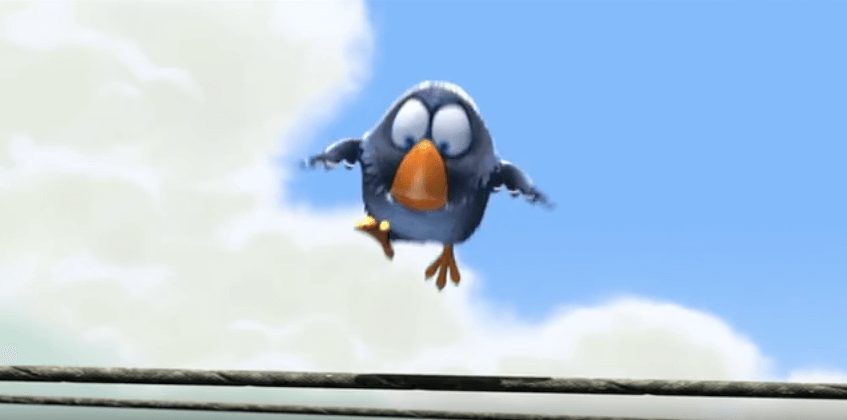
Step 2: Lower them some more

Step 3: Lower them some more
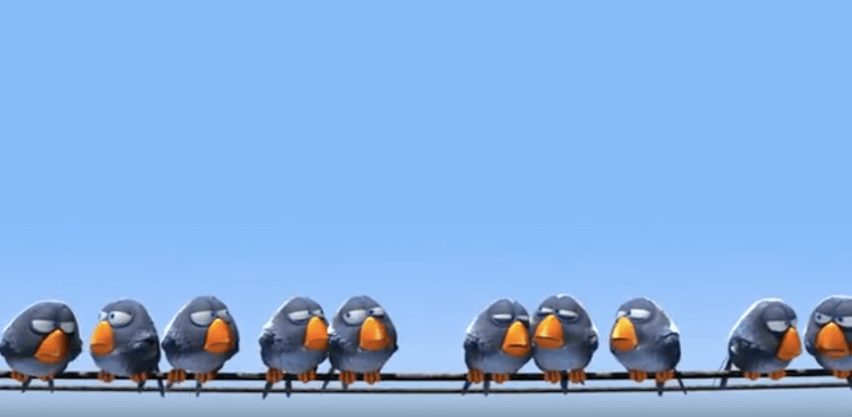
Step 4: Hell with it! Throw the kitchen sink at this sucker. Enter the collective acronym bird. QE, ZIRP, and NIRP

There, that ought to do it.
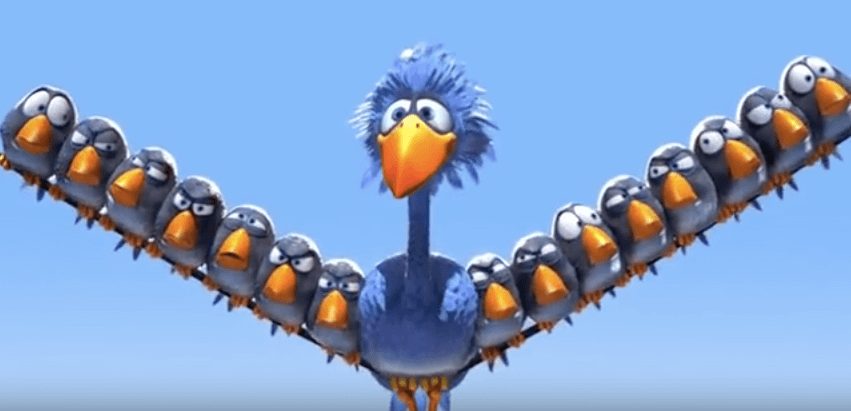
And this is where we find ourselves today: Absurdistan.


We’re moving closer and closer to the following.
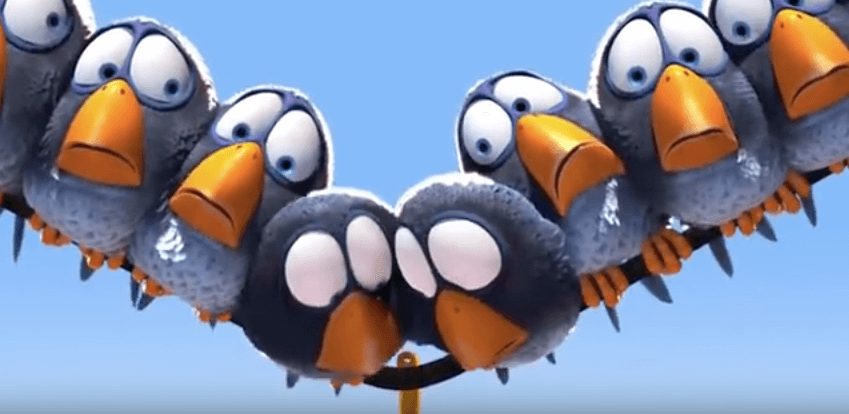
Aaaand now we wait for blowback.
Question
[yop_poll id=”22″]
Know anyone that might enjoy this? Please share this with them.
Investing and protecting our capital in a world which is enjoying the most severe distortions of any period in mans recorded history means that a different approach is required. And traditional portfolio management fails miserably to accomplish this.
And so our goal here is simple: protecting the majority of our wealth from the inevitable consequences of absurdity, while finding the most asymmetric investment opportunities for our capital. Ironically, such opportunities are a result of the actions which have landed the world in such trouble to begin with.
– Chris
“We know from chaos theory that even if you had a perfect model of the world, you’d need infinite precision in order to predict future events. With sociopolitical or economic phenomena, we don’t have anything like that.” — Nassim Taleb


